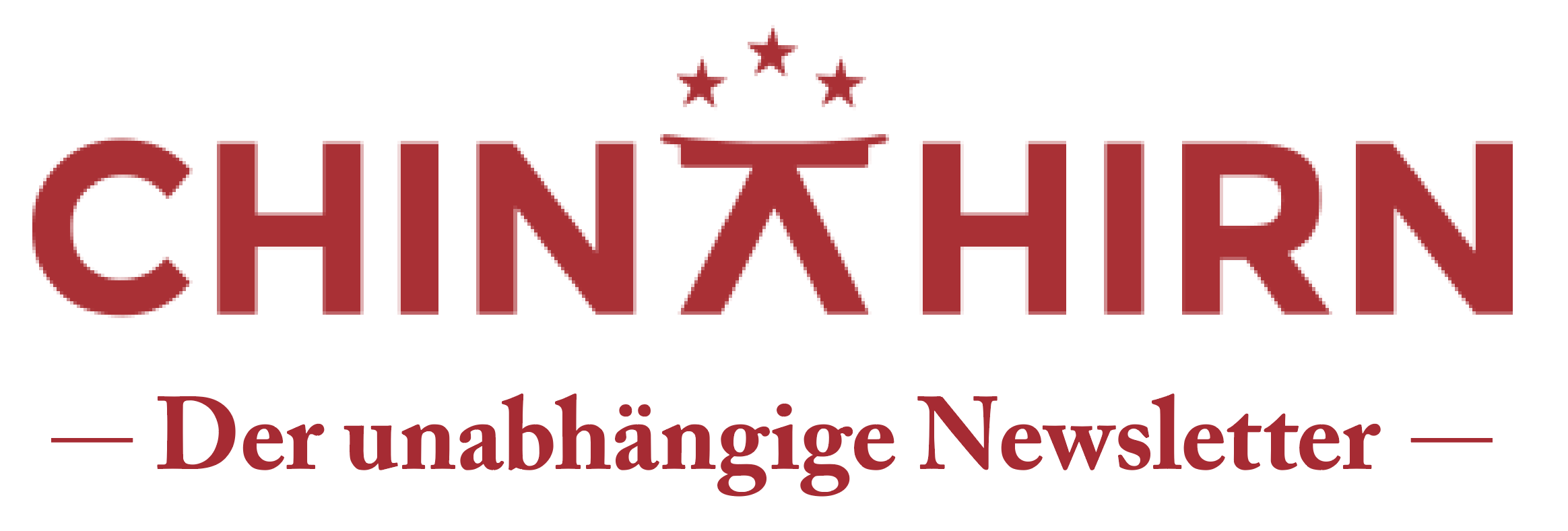Viele denken, die Volksrepublik China sei ein zentralistischer Staat, der vom Beijinger Regierungsviertel Zhongnanhai aus gesteuert wird. Doch dem ist nicht so. Das zeigt der Artikel „The Consequences of Policy Centralization in China”, der in den China Briefs des SCCEI (Stanford Center on China’s Economy and Institutions) am 1. Oktober veröffentlicht wurde. Der Artikel bezieht sich dabei auf die Studie „Laboratories of Autocracy: Landscape of Central-Local Dynamics in China‘s Policy Universe“. Die drei Autoren haben haben über 3,7 Millionen Politik-Dokumente zwischen 2004 und 2020 untersucht. Ergebnis: „Most policymaking in China has been bottom-up not top-down.” Warum das so ist, erklären sie wie folgt: “More than 80 per cent of policies originate locally rather than Beijing driven by competition among local officials to win promotion through growth-oriented policy innovations.” Allerdings stellen sie fest, dass nach 2013 (der Amtsübernahme von Xi Jinping) der Einfluss Beijings zugenommen habe: „After 2013 the share of central policies in local portfolios jumped from around 30 pc to over 40 pc.”
Info:
Den SCCEI China Brief kann man hier herunterladen: https://sccei.fsi.stanford.edu/china-briefs/consequences-policy-centralization-china
